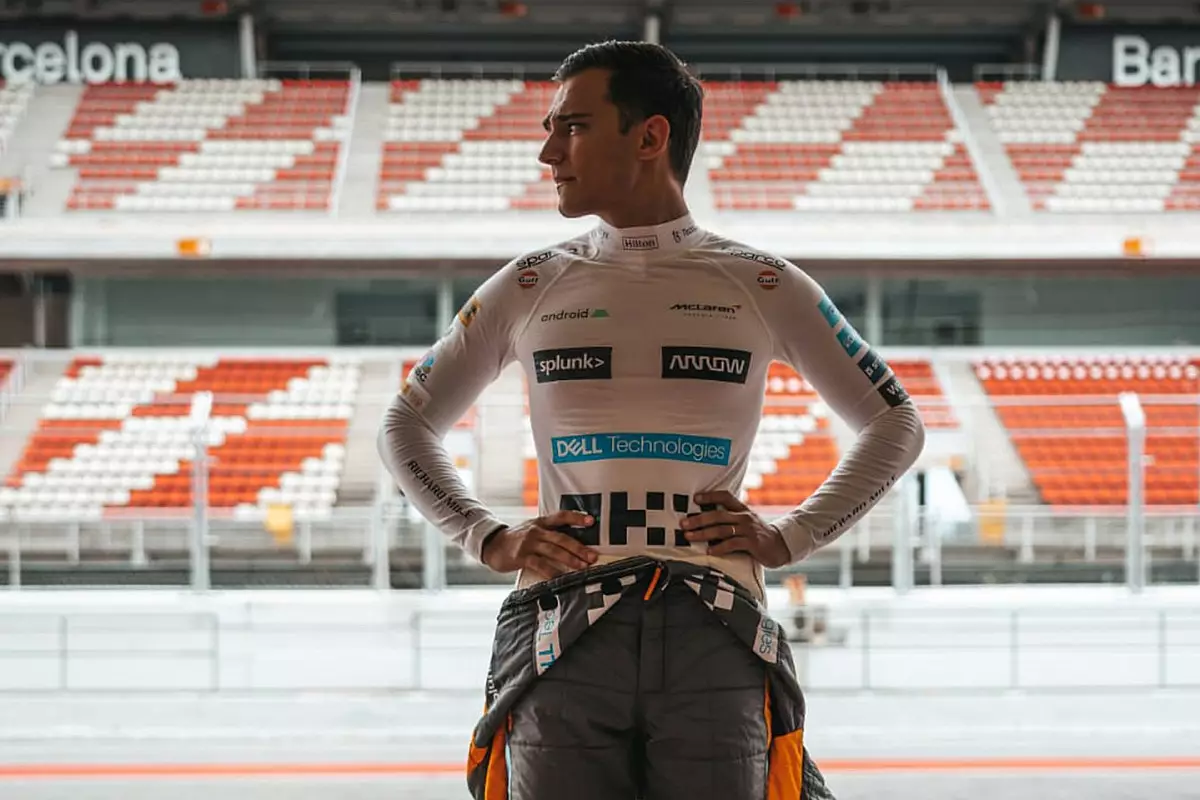The fallout from the high-profile split between McLaren and IndyCar driver Alex Palou continues, as both parties are now embroiled in a legal battle over the damages claim. Palou, who had previously signed contracts with McLaren to race in the IndyCar Series and act as its reserve Formula 1 driver, made a U-turn last summer, citing a loss of trust and confidence in McLaren’s promise of a future F1 race seat. In this article, we will delve into the details of the dispute and analyze the arguments presented by both sides.
According to legal documents reviewed by Autosport, Palou is not disputing his breach of contract but is contesting the size of the damages that McLaren is seeking. In his defense, Palou’s lawyers claim that the split was a result of his loss of trust and confidence in McLaren’s commitment to support his ambition to race in the Formula 1 series. Furthermore, Palou’s legal team argues that McLaren’s damages claim is inadequately particularized, misconceived, and vastly overinflated.
McLaren is seeking a staggering $23 million in damages from Palou. The team claims lost revenues and expenses incurred in replacing Palou, including the renegotiation of its commercial deal with sponsor NTT Data, estimated at $6.9 million. Additionally, McLaren asserts that it will lose $1.5 million over three years in “team support” from engine supplier General Motors, dependent on having “three full-time A-level drivers.” The team also seeks compensation for expected prize money, merchandise, and sponsorship arrangements amounting to $7 million as a result of Palou’s status as a two-time NTT IndyCar Series champion.
On the Formula 1 side, McLaren estimates that Palou’s opportunities with its TPC program amount to $3.5 million, as this time “would otherwise have been available for hire.” The team also claims an additional $2.8 million of wasted expenditure on “driver support” for the TPC runs and F1 simulator. Finally, McLaren is looking to recoup a sign-on bonus of $400,000, as well as court costs.
The crux of this case lies in the contested claims and figures presented by both parties. Palou’s lawyers contest each point raised by McLaren, aiming to disprove their calculation of damages. With a dozen pages of their filing dedicated to challenging McLaren’s claims, Palou’s legal team is determined to reduce the size of the damages sought.
At the heart of this dispute is the decision that lies in the hands of the commercial court judge in the Business and Property Courts of England and Wales. The judge will review the legal arguments, scrutinize the evidence, and ultimately determine the amount of damages McLaren is entitled to receive. It is a matter of evaluating the credibility of the claims made by both parties and reaching a fair and just verdict.
Regardless of the final outcome, the damages dispute between McLaren and Palou will have far-reaching implications for both parties. If McLaren is successful in its claim, it would receive a substantial financial compensation that could help offset the losses incurred as a result of Palou’s departure. On the other hand, if Palou’s defense prevails, it would significantly reduce the amount of damages he owes to McLaren, potentially alleviating the financial burden on him and his American company ALPA Racing USA LLC.
The McLaren-IndyCar split and the subsequent damages dispute highlight the complex nature of contractual agreements in professional motorsports. As the legal battle unfolds, both McLaren and Palou have laid out their arguments and presented their case in an attempt to persuade the judge to rule in their favor. The decision ultimately rests on the judge’s evaluation of the evidence and their judgement of the credibility of the claims made. The outcome of this dispute will undoubtedly have a significant impact on the future of both parties involved.


Leave a Reply